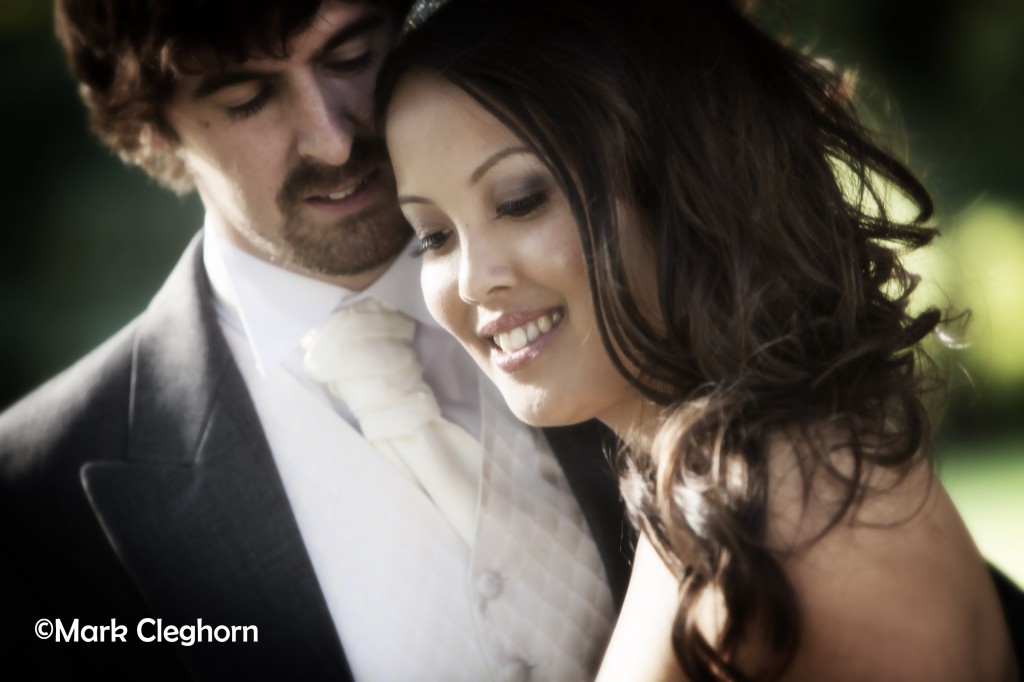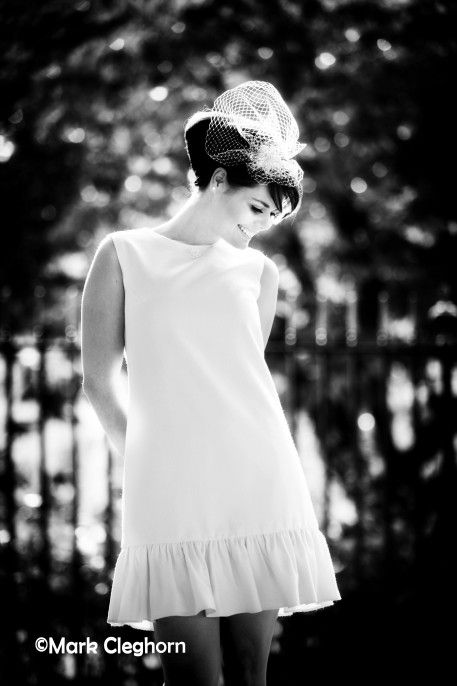Over the 30 years of shooting weddings, there has not been many things that have stayed consistent, especially in the transition from film to digital in 2001.
The only technique of mine that has stayed the same is the way I use light, whether it is a portrait or a wedding, posed or documentary, street photography or fashion I will always use the natural light in a scene to light the subject before I add a reflector to add accent to the subject and as the last resort I will use flash.
Why? Well for one, the speed of shooting, as using just available light allows me to animate the subjects quicker and record the scene with a minimal of fuss. However when I need to enhance the subject by adding more light whether to add a better quality of light or to add contrast, I have to reach for a reflector of some kind, which is usually a silver on dull weather days or a white / diffuser on sunny days. When I reach for some flash it’s usually going to be used for either a fill light on sunny days or for impact in minimal light.
Natural Light

My first rule of using natural light on a wedding is to seek out a forward shadow, this basically means the light is coming from behind the subject or subjects, even groups. The forward shadow ensures that the subject is not going to be dappled with harsh light in any way, which is great when working in foliage or in an open scene where the harsh light can not only cause the subjects to squint in the sunlight and be strained in expression but the harsh light is often unflattering on a normal subject, making them look heavier as the light reflects of the flash.
I do use the direct sunlight on my subjects, however it is usually to show off the scene so as to saturate the sky and clouds. When I shoot this type of image I very rarely get the couple looking toward the camera as the harsh sunlight direct onto the face will create forced and uncomfortable expressions.

Having the light coming from behind the subject is a simple but very effective technique by creating this forward shadow which by design shields the flesh visible to camera.

Using the sunlight directly onto the subjects guarantees me saturated colours including skies and foliage.
Reflected Light
As you may be aware I am a massive fan of the Lastolite product range and I know it is hard to believe but once upon a time Lastolite only made reflectors and it is through my use of them in my work as well as promoting them on workshops that I became great friends with the original owners. In my eyes the reflector is king! A reflector always made our images stand out compared to a guests image.

My favourite technique of backlighting the subject with the sun creating an amazing separation from the scene and then adding a reflector to illuminate specifically the face.
The reflector allows me to add an accent of light to the subjects, and because of my forward shadow technique I always have light to bounce back. When using a reflector it is of course essential to meter for the new key light on the subjects face as a silver reflector can lift an exposure of around 2-3 stops on a sunny day.
Initially when I used a reflector I used to bounce the light from below, at the time it felt natural and easier to hand hold myself, however this technique soon changed so as to reflect light in a similar way to how I would use flash, to create a 2 o’clock or a 10 o’clock catch light in the eyes. This became a lot easier when I began to employ trainee photographers who can assist me on the bride and groom section of the weddings.
Today my favourite reflector is the Lastolite Tri Grip Deflector as this acts as both a diffuser and a reflector, perfect for the UK summer weddings, as I can use it to both diffuse strong sunlight falling on the subjects face or to add a kick of light when working in forward shadow, so a true two in one product. Reflecting light directly onto the subject controls the light to a point of interest instead of lighting the whole scene like flash does.
Flash Light
Even though flash is my last choice on a wedding it is essential for my group photography as well as some of the speeches and of course the first dance, as a reflector would not be able to add enough of the available light.
I use 2 main techniques with flash,
Flash on Camera – for groups using a bounce card for small groups (6-8) to diffuse the flash using a TTL setting to add fill or full illumination to my manual exposure on camera and for big groups I use direct flash with the flash on full power as I am usually 20 feet away, so the flash acts more like a fill light than a key light in an open scene.

When there is no light at the end of the day I will either use a Speedlite flash or a LED light to illuminate the subject. When using flash I use a simple trigger and receiver set up to grab quick shots like this picture of the bride on the steps. The Speedlite is in manual mode to ensure a consistency of output in a dark scene and all my assistant needs to make sure of is that he is at the correct distance from the subject.
The second technique is what I refer to as funnelling, this is where I zoom the flash fully to the 105 option, combine this technique with a wide angle lens and the subjects become spot lit in the scene perfect for the first dance and speeches as it adds a natural vignette to the scene and subjects.
I do of course use a lot of off camera flash but this is usually when I am working with an assistant who can move around the subjects as I do to ensure some direction to the light as well as some consistency to the look and feel of the images. So in summing up my techniques I use just the ambient light for my documentary images, just reflected light when shooting the bride and groom, and flash for groups and special events. I meter everything with a hand held meter, my camera is set in complete manual mode but my speed light flash is used in both TTL and manual settings.









